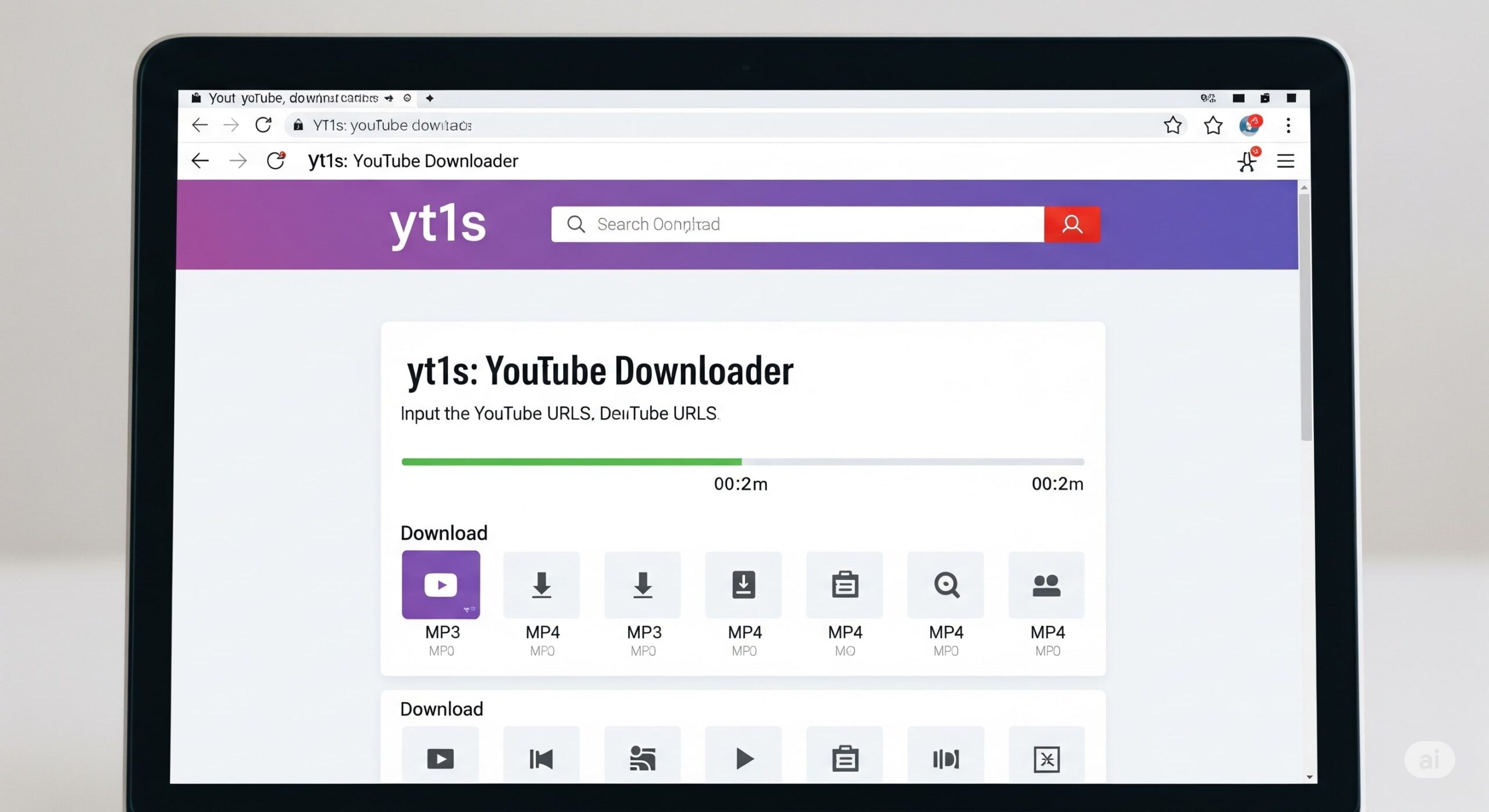Human beings are naturally good at interpreting the world around them, but our perception is not flawless. We overlook patterns, miss subtle details, and process information more slowly than machines. As industries evolve, there is a growing need for technology that can enhance human observation without replacing it. This is where artificial intelligence has begun to make remarkable strides.
That is why Perception AI is becoming one of the most transformative fields in technology. By teaching computers to detect, classify, and respond to data the human eye might miss, this branch of AI is unlocking new possibilities across healthcare, automotive, manufacturing, retail, and more.
What Is Perception AI?
Perception AI focuses on enabling machines to interpret sensory input—primarily vision, sound, and sometimes touch—in ways that mimic human perception. Unlike traditional algorithms that process structured data, perception-based systems can interpret unstructured information such as images, video, or ambient sound.
For example, computer vision systems can detect defects in products, analyze medical scans for anomalies, or recognize objects in real-time video feeds. Natural language processing and audio recognition are also part of this broader field, allowing machines to understand conversations, tone, and even environmental cues.
Why Perception AI Matters
The importance of this technology lies in its ability to extend human capabilities. Where humans may struggle with speed, scale, or consistency, AI thrives.
- Efficiency at Scale
Machines can process millions of data points in seconds, identifying subtle variations that humans might miss. This makes them ideal for large-scale quality control or surveillance. - Accuracy in Critical Fields
In areas like healthcare or aviation, the cost of missing small details can be catastrophic. Perception AI reduces error rates by continuously analyzing data with consistency. - Enhanced Safety
From autonomous vehicles detecting pedestrians to industrial robots recognizing hazardous conditions, perception technology plays a direct role in reducing risks. - New Customer Experiences
Retailers and digital platforms use perception-based systems to understand user behavior and preferences, delivering personalized and seamless experiences.
These advantages highlight why perception-driven systems are at the core of AI adoption strategies.
Core Components of Perception AI
Several building blocks allow machines to perceive and interpret the world effectively.
- Computer Vision
Computer vision powers facial recognition, object detection, and image classification. It is widely applied in security, manufacturing, and healthcare diagnostics. - Audio Recognition
Systems that analyze sound can detect stress in voices, identify machinery malfunctions through audio cues, or provide hands-free interactions. - Sensor Integration
Beyond cameras and microphones, perception AI often integrates data from sensors measuring temperature, pressure, or motion, creating a holistic understanding of environments. - Machine Learning Models
Underlying all perception tasks are models trained on vast datasets. These models learn patterns and apply them to new scenarios, continuously improving accuracy.
Each component contributes to building intelligent systems capable of interpreting complex, real-world data.
Applications Across Industries
The versatility of perception technology makes it applicable to nearly every industry.
- Healthcare
AI can analyze X-rays, MRIs, and CT scans faster and more accurately than human radiologists in some cases. It also helps in monitoring patients for subtle changes that signal early health risks. - Automotive
Autonomous vehicles rely heavily on perception to identify obstacles, read road signs, and predict pedestrian behavior, making driving safer and more efficient. - Manufacturing
Visual inspection systems detect product defects on assembly lines with precision. This reduces waste and improves quality assurance. - Retail
Smart cameras track customer movement within stores, providing insights into shopping behavior and optimizing store layouts. - Security and Defense
Perception systems can analyze video feeds to detect suspicious activity, monitor restricted areas, and support predictive threat analysis.
These examples illustrate how perception-driven AI is shifting from experimental to essential.
Benefits Beyond Automation
While automation is often the first benefit mentioned, perception AI offers more than just reducing human workload.
- Decision Support
By highlighting anomalies or unusual patterns, AI enhances human decision-making rather than replacing it. - Consistency
Machines do not tire or lose focus. They can analyze continuous streams of data without fluctuation in performance. - Accessibility
Perception AI can make environments more accessible, for instance by reading signs aloud for the visually impaired or transcribing spoken words in real-time for the hearing impaired. - Innovation Enablement
Industries are using perception systems to design entirely new services, from personalized retail to predictive maintenance.
This demonstrates the broader strategic role of perception technology in reshaping industries.
Challenges Facing Perception AI
Despite its promise, the technology is not without hurdles.
- Bias in Training Data
If datasets used to train models are biased, AI systems may inherit and amplify these biases, leading to unfair or inaccurate results. - Privacy Concerns
Applications like facial recognition raise serious privacy issues. Striking a balance between utility and personal rights is critical. - Complexity of Real-World Environments
Real-life conditions—like poor lighting, background noise, or unexpected variables—can reduce accuracy. Robust systems must adapt to these challenges. - High Resource Demands
Training and running perception models require significant computational power, making cost a barrier for smaller organizations.
Addressing these challenges is essential for responsible, widespread adoption.
Future Directions for Perception AI
The field is rapidly evolving, with research pushing boundaries in several directions.
- Multimodal Systems
Future systems will combine multiple data types—vision, sound, and sensor data—for a more complete understanding of environments. - Edge AI
Deploying perception models directly on devices, rather than centralized servers, will reduce latency and improve privacy. - Explainable AI
Efforts to make AI decisions more transparent will build trust and accountability in sensitive applications like healthcare and law enforcement. - Integration With AR and VR
Perception technology will fuel more natural and responsive interactions in augmented and virtual environments.
These advancements will expand the influence of perception AI far beyond current applications.
Conclusion
Perception AI is transforming how machines interact with the world, teaching them to notice details that humans might overlook. From healthcare to retail, its applications are vast, improving safety, efficiency, and decision-making. While challenges such as bias and privacy remain, the benefits make it one of the most critical areas of AI development today.
As this technology continues to evolve, it will not only power advanced automation but also enrich digital engagement, particularly as it intersects with immersive web experiences, where perception-driven insights create interactions that feel natural, personal, and truly human-centered.





